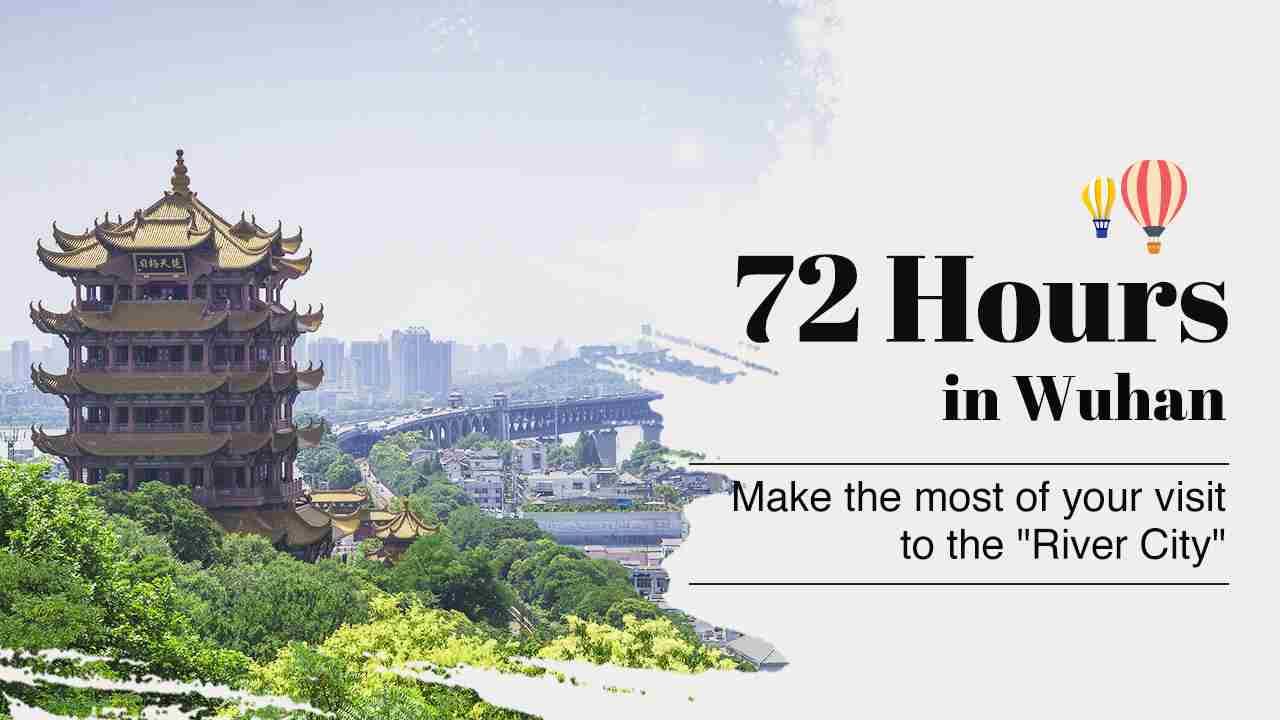Lying on the Jianghan Plain where the Yangtze River joins the Han River, Wuhan is the capital of Hubei Province and one of the most popular cities in central China. As a city with both an ancient history and a thriving present, Wuhan served as the cradle of the brilliant Chu civilization (770 B.C. – 221 B.C.) and also as the wartime capital of China in 1937.
Wuhan is a major transportation hub, with dozens of domestic railways and flights connecting Wuhan to more than 30 major cities worldwide. Wuhan is now on the list of 72-hour Visa-free transit cities in China. Visitors from the US, Canada and 49 other countries can explore Wuhan for up to three days without a visa.
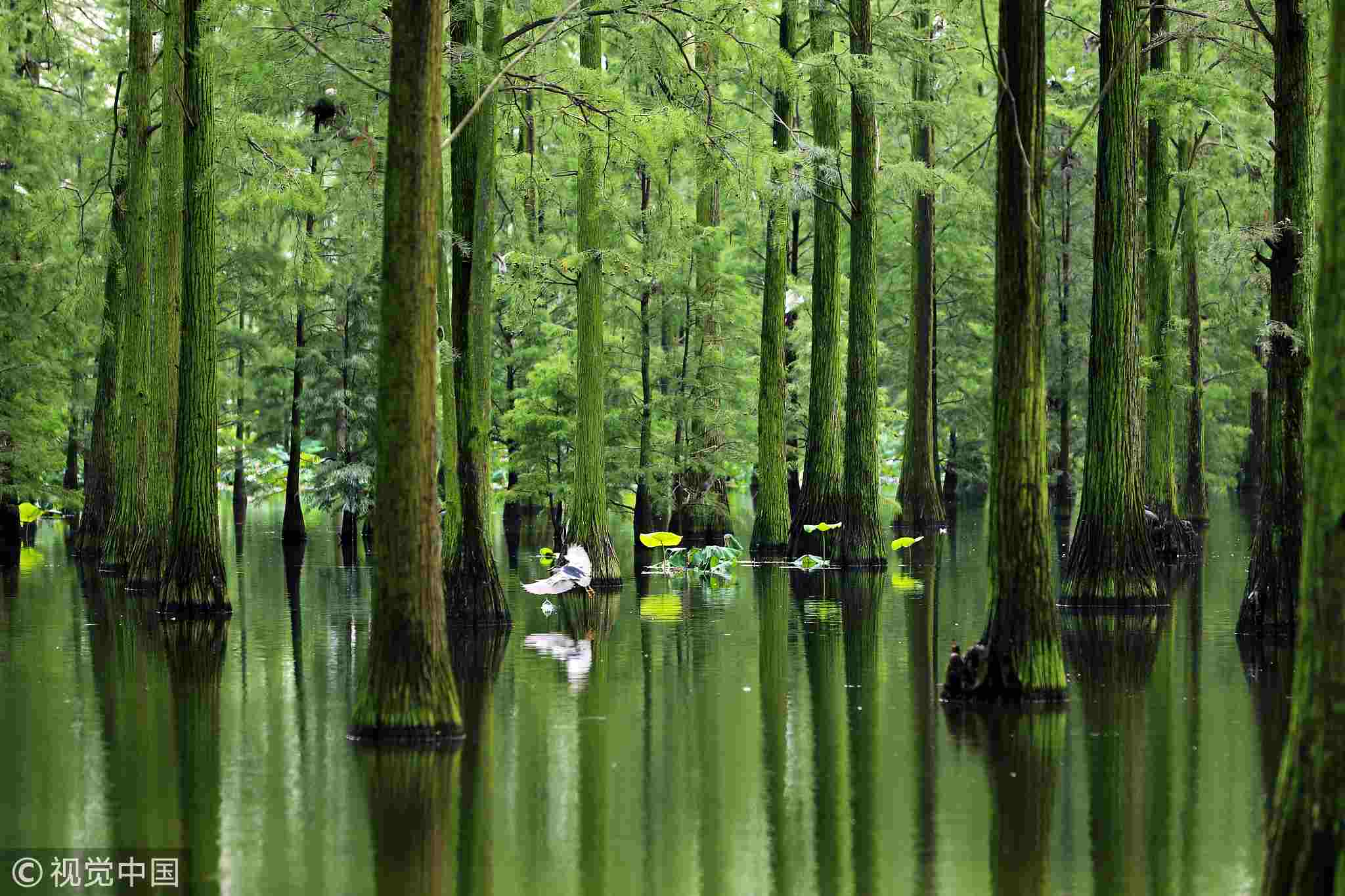
Tens of thousands of Chinese sequoias, growing in the one-meter-deep water, make visitors to feel like drifting in a magical floating forest. /VCG Photo
Tens of thousands of Chinese sequoias, growing in the one-meter-deep water, make visitors to feel like drifting in a magical floating forest. /VCG Photo
With the so-called “floating forest” of Wuhan becoming popular on social media, the river city of Wuhan is once again drawing public attention on a global stage.
Let’s find out what you can do and see to make most of your 72-hour visit in this ideal stopover city.
Day 1: Explore Wuhan's history and culture
Yellow Crane Tower
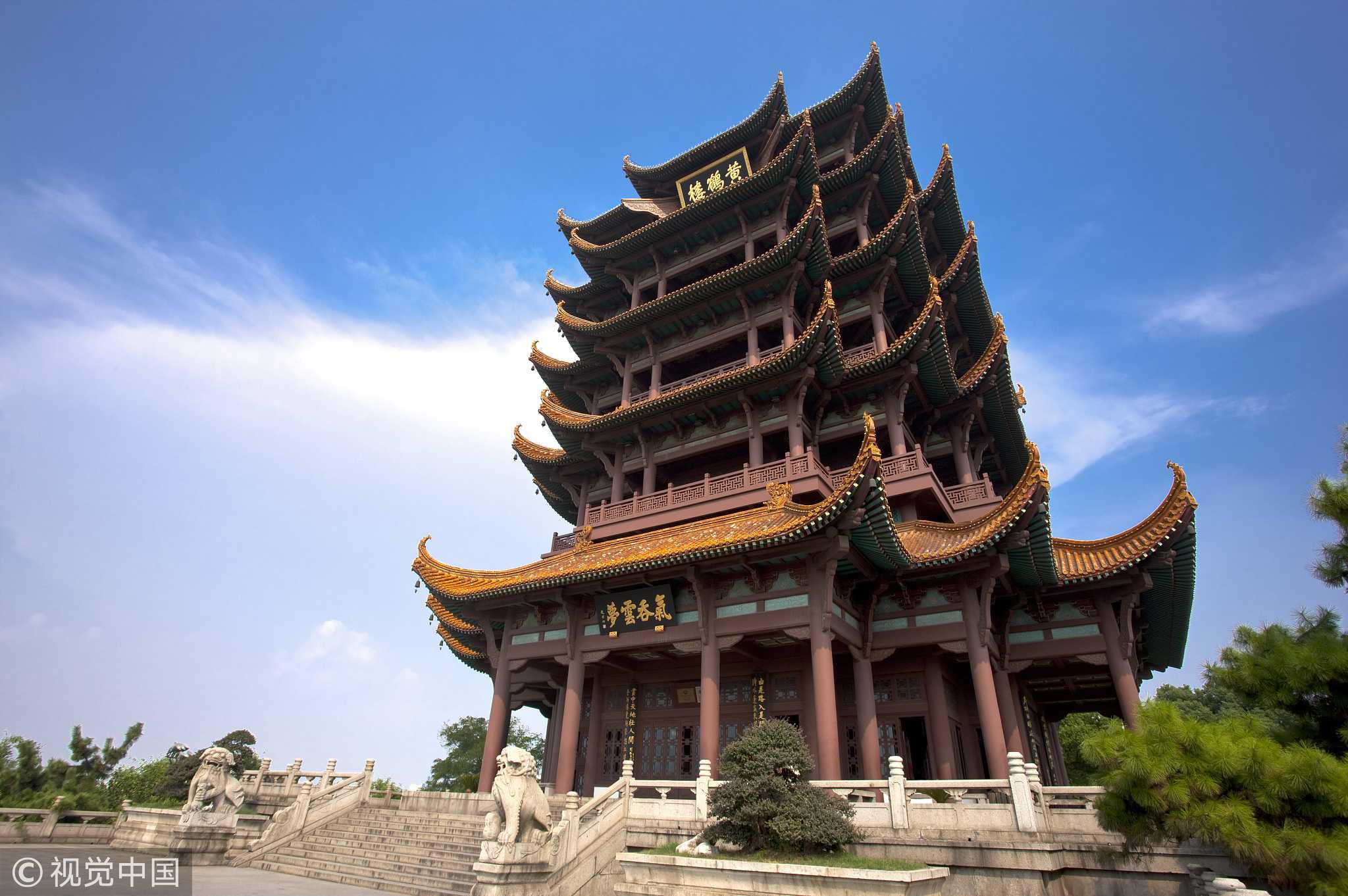
The Yellow Crane Tower is the most iconic building in all of Wuhan. /VCG Photo
The Yellow Crane Tower is the most iconic building in all of Wuhan. /VCG Photo
People say that if you haven’t been to the Yellow Crane Tower, you haven’t been to Wuhan, so why not start your trip with a visit to this famous landmark?
The Yellow Crane Tower, or Huáng hè lóu in Chinese, is the most iconic building in all of Wuhan. Built around 1800 years ago, it was the watchtower of the city, and because of that, found itself repeatedly destroyed by warfare and fire, only to be rebuilt and rise from the ashes again and again.
Known for the poetry of some celebrated Chinese poets such as Cui Hao and Li Bai, the Yellow Crane Tower has a room in the upper floor that is specifically reserved for the notes of visiting poets. The cultural value of the Tower mainly stems from its presence in poetry and in immortals, which are two prominent cultural forms in Chinese history.
Don’t forget the top floor of the Tower, where you can have an unfettered panoramic view of Wuhan and the Yangtze River. Entry to the tower is 80 yuan (12 US dollars), 35 yuan (5 dollars) for students.
Hubei Provincial Museum

Bianzhong is an ancient Chinese musical instrument consisting of a set of bronze bells, played melodically. /VCG Photo
Bianzhong is an ancient Chinese musical instrument consisting of a set of bronze bells, played melodically. /VCG Photo
Hubei Provincial Museum houses more than 200,000 historic and cultural relics from throughout the province, of which 16 are national treasures. As one of the best known museums in the country, there aren't many better places to learn the glorious complexity of Chinese history.
The centerpiece is the world’s largest musical instrument -- an ancient set of bronze bells, “biān zhōng” in Chinese, which you won’t find anywhere else in China, even not in the Beijing’s Palace Museum. Note that a replica of the massive Chime Bells is played twice a day in the museum’s music hall by performers dressed in traditional robes. This performance is definitely the one you should not miss.
Other items include the “Sword of Goujian”, the personal weapon of the King of the Yue State in the Spring and Autumn Period (771 B.C. to 403 B.C.), which is known for its unusual sharpness and resistance to blemishes.
Admission to the museum is free, though the “biān zhōng” performances are 15 yuan (2 dollars). You can easily spend half of a day here. Take your time and enjoy all the historic beauty.
Hubu Alley
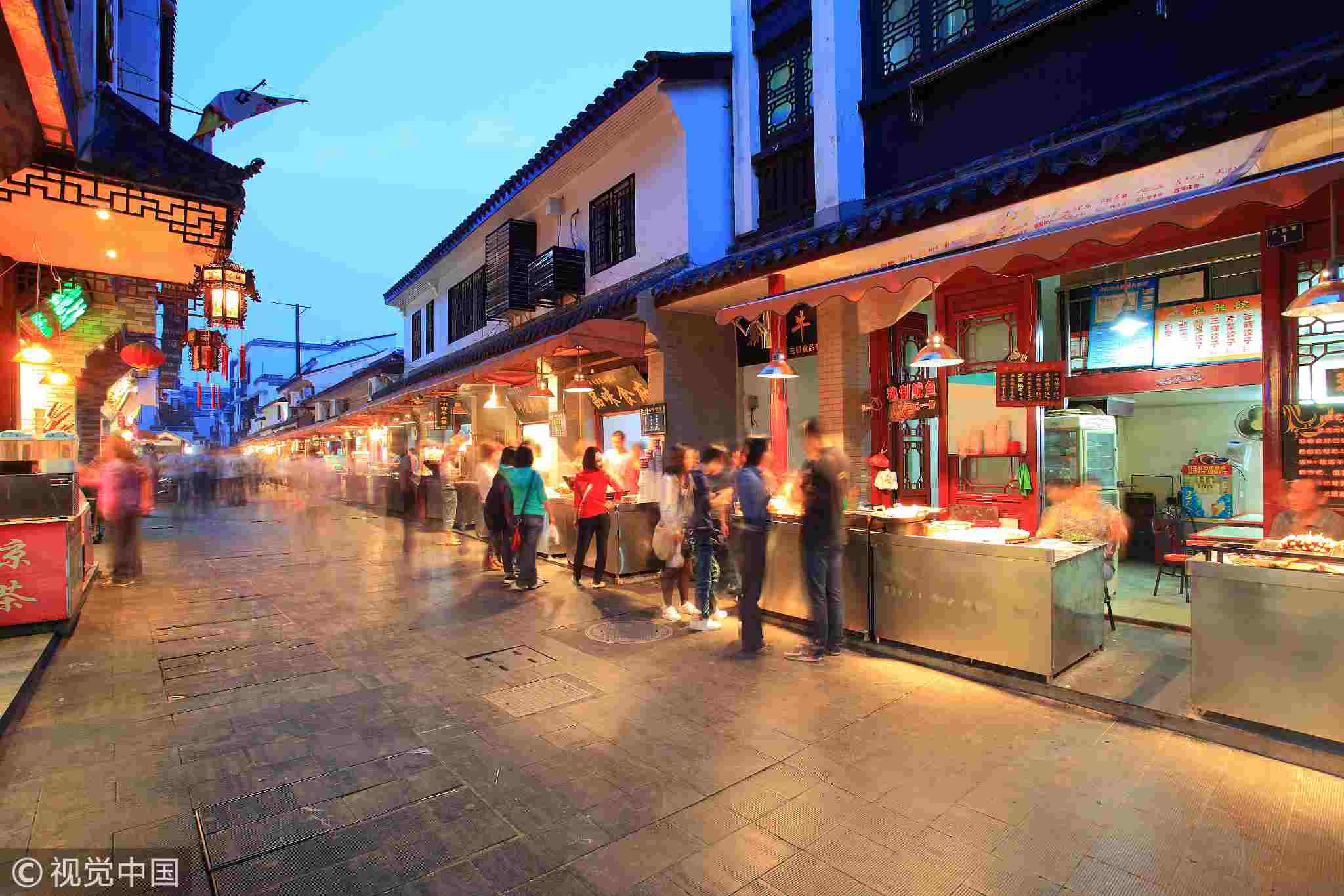
Hubu Alley, Wuhan. /VCG Photo
Hubu Alley, Wuhan. /VCG Photo
Time for street food! After spending a whole day on your feet at historic sites, nothing will fill you up faster than some local Wuhan food.
Located at the city's busiest street, Hubu Alley is a paradise for food lovers. The 147 meter long T-shaped pedestrian street is full of appetizing local food and mouth-watering smells.
Re gan mian (rè gān miàn), also known as hot dry noodles, might be the most well-known. Made from sesame paste, scallions, soy sauce, vegetables and, of course, noodles, the dish tastes spicy but sweet. First the noodles are boiled until ready, and then they are tossed with oil and left to dry. You will see lots of people slurping on this around you.
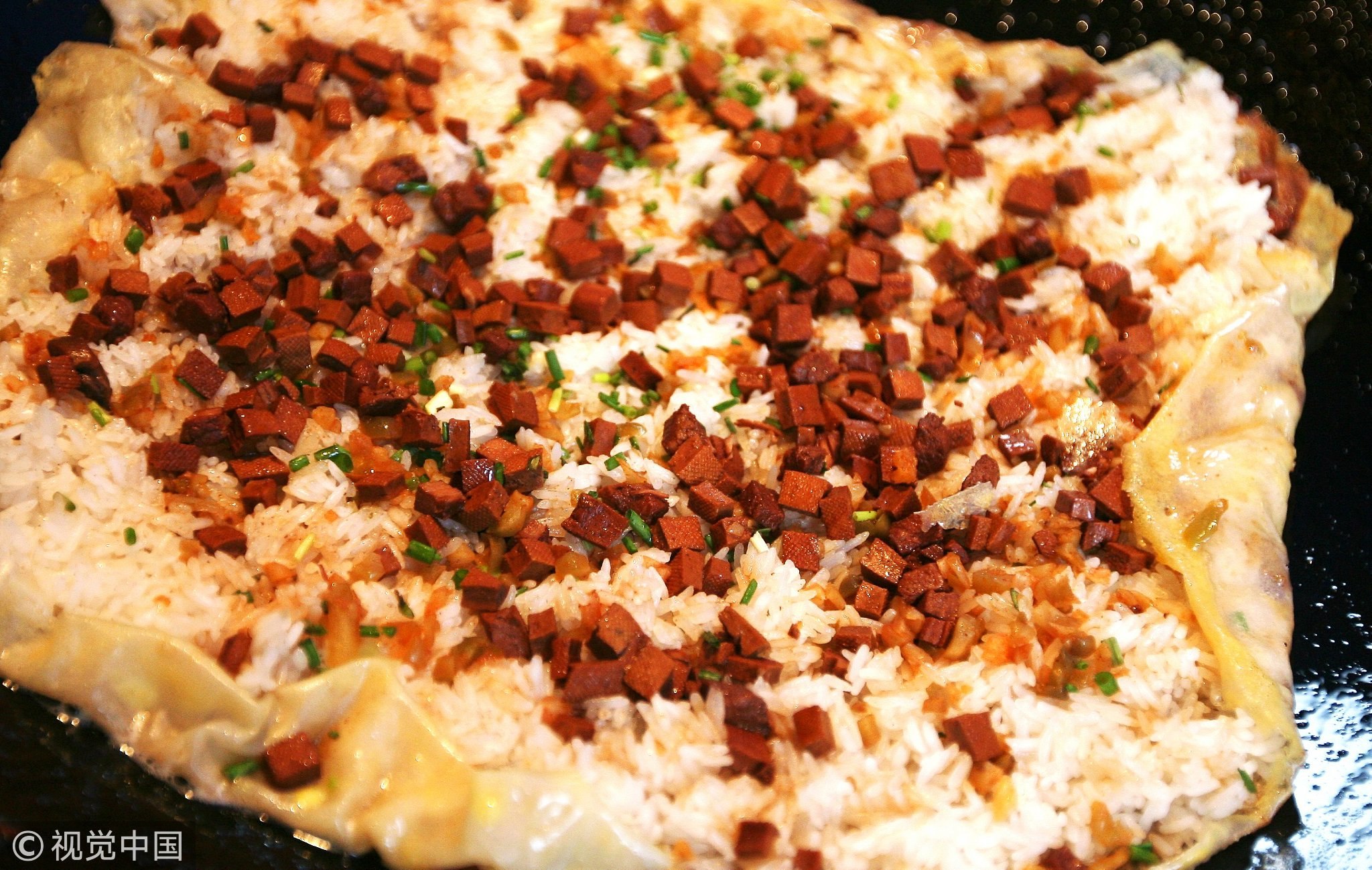
Dou pi, a traditional Wuhan style snack. /VCG Photo
Dou pi, a traditional Wuhan style snack. /VCG Photo
Dou pi (dòu pí) is another must-have. It’s a local omelet made of stick rice, beef, mushrooms and beans, all wrapped in an outer layer of bean curd and cooked in a large wok. It is so far my favorite Wuhan style snack because of its strong taste and the soft and fluffy texture. You might think it looks heavy for a snack, but trust me, this high-calorie food will provide you enough energy for the rest of your day.
Day 2: Enjoy breakfast like a king
Start your day with a Wuhan style breakfast from Hubu Alley or any of the city's roadside vendors.
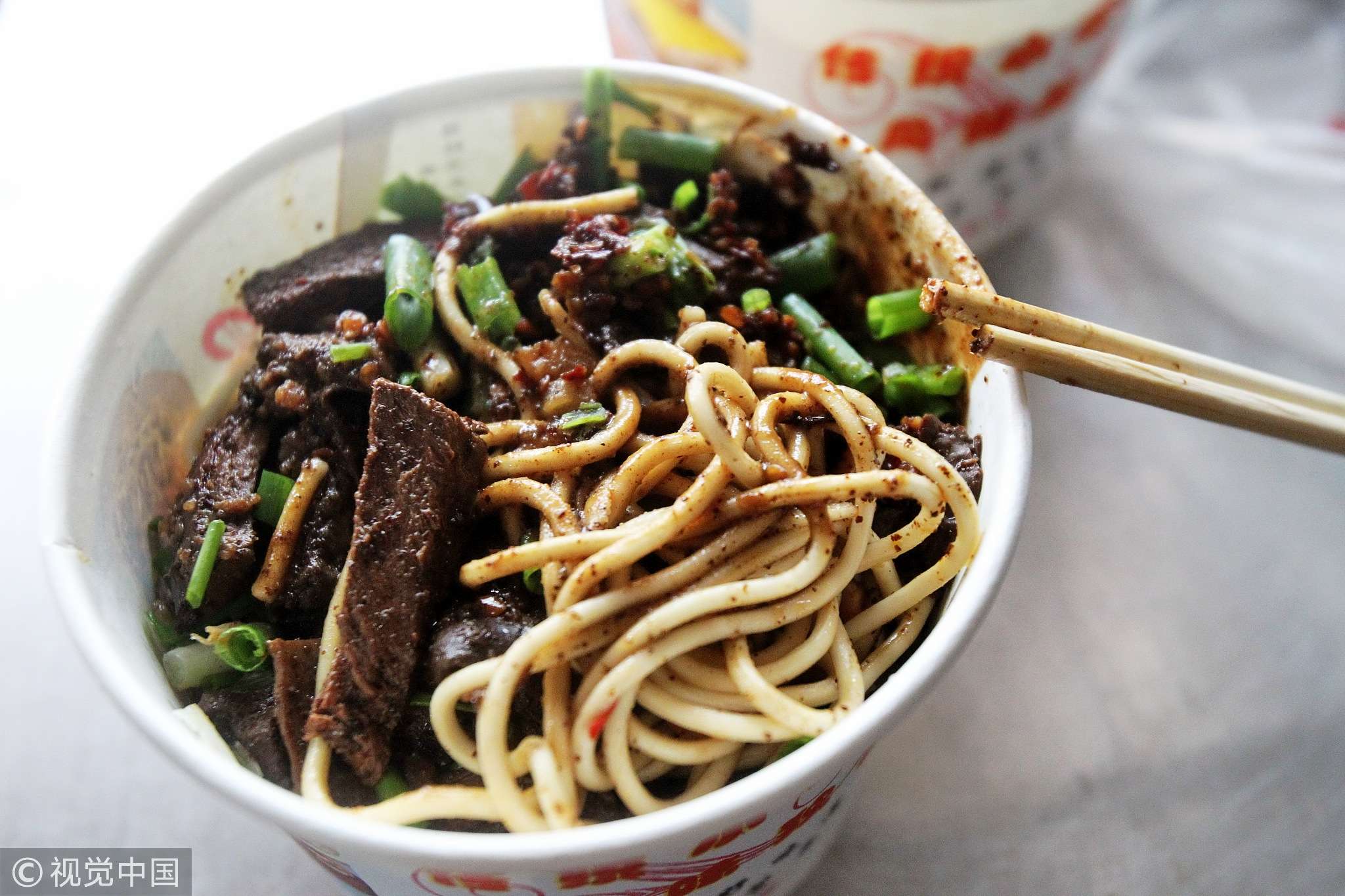
Having some hot dry noodles is a good way to start your day. /VCG Photo
Having some hot dry noodles is a good way to start your day. /VCG Photo
In Wuhan, having breakfast, or “guo zao” (guò zǎo), as it’s said in local dialect, is probably one of the most important things to do for a day. There are over 200 different types of breakfast in Wuhan. Fried bread sticks (yóu tiáo), steamed dumplings, dòu pí, rè gān miàn, wontons, and sweet dumplings (tāng yuán) are just a few of the them. It is no exaggeration to say that you could go for three months without repeating the same breakfast.
Wuhan University
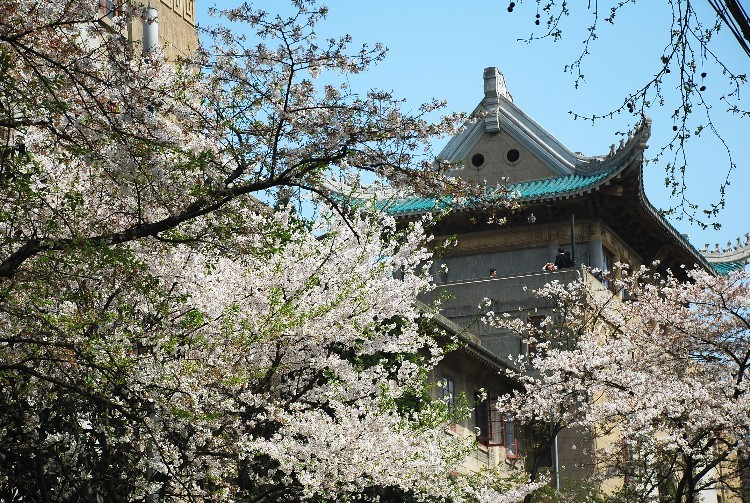
The cherry blossom season at Wuhan University. /VCG Photo
The cherry blossom season at Wuhan University. /VCG Photo
When visiting Wuhan, the best time to travel is March and April since this is when Wuhan University holds its famous cherry blossom festival. The festival attracts 15,000 people per day on weekdays and the number doubles on weekends.
You can see the flowers continuously blossoming on Kunpeng Plaza, all the way to the Administration Building of Wuhan University. There are three hotspots for seeing the flowers: Cherry Garden, the Old House, and Cherry Avenue. Don’t forget to check the weather forecast so you will catch the full bloom during your visit.
Yangtze River Bridge
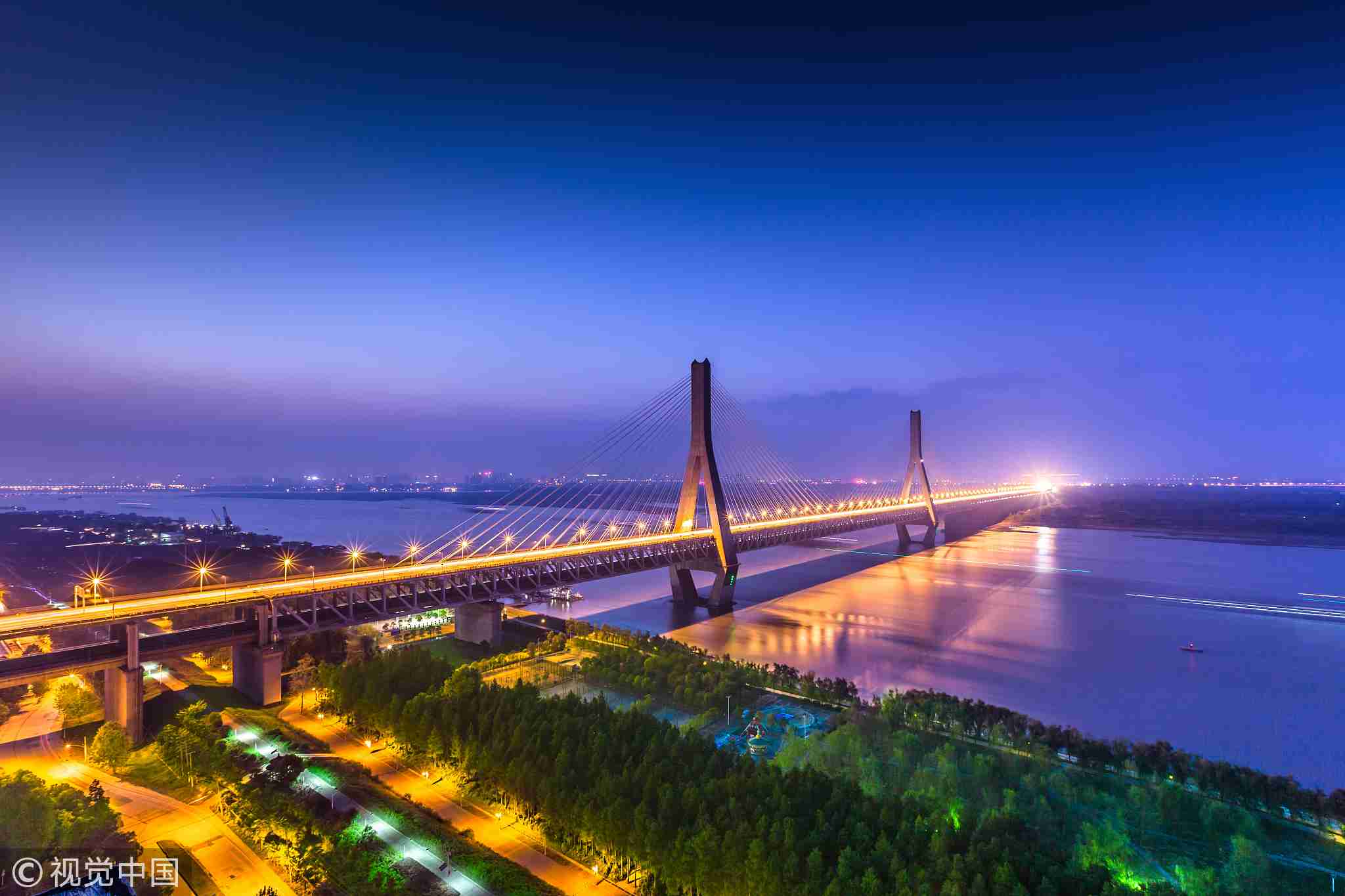
The night view of the Yangtze River Bridge. /VCG Photo
The night view of the Yangtze River Bridge. /VCG Photo
Wrap your day up with the stunning view of the Yangtze River.
Wuhan is divided by the Yangtze River into three parts: Wuchang on the east bank and Hankou and Hanyang on the west. Transportation between the two banks was completely blocked for hundreds of years and residents were unable to cross. Now the Bridge combines the three districts as a single entity, which greatly boosted Wuhan's development.
The view on the bridge is stunning, especially at night. You can see the Yellow Crane Tower, the Hubei TV Tower and other notable landmarks on both sides.
Come here at the end of your day and definitely don't forget to bring your camera. The best way to snap a picture is to stand on one side of the river banks and look towards the bridge.
Day 3: Feel the heartbeat of the city
Jianghan Walking Street

Jianghan Walking Street, Wuhan. /VCG Photo
Jianghan Walking Street, Wuhan. /VCG Photo
Jianghan Street has over a century of history and is a famous Wuhan's time-honored business street, and one of the most bustling areas in the city. There are 13 historic buildings with European, Roman and Byzantine styles on the street, giving a flourish to the city.
The shops on the street include more than 60 luxury brands, a Madame Tussauds Wax Museum, a Han Show Theater and a Movie Culture Park.
Vox Livehouse
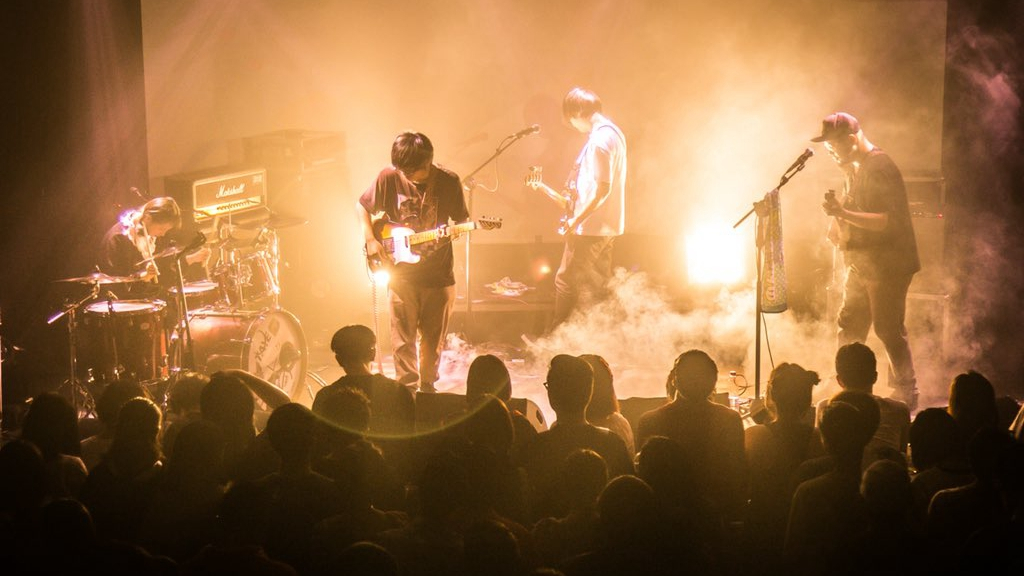
Rock band "Chinese Football" performs at Vox Livehouse in Wuhan, April 27, 2018. /Photo via "Chinese Football" Facebook Account
Rock band "Chinese Football" performs at Vox Livehouse in Wuhan, April 27, 2018. /Photo via "Chinese Football" Facebook Account
It’s hard to imagine but Wuhan has one of the China’s most thriving rock scenes. Plenty of foreign bands touring China, including Owl City, Maximillian Hacker and Tamas Well choose the Vox Livehouse in Wuhan for their stopovers. Why not end your trip here, get yourself a drink and enjoy a wild night of rock and punk?
This place offers an affordable selection of beer, with Tsingtao costing only 10 yuan (1.5 US dollars) a bottle. Duvel, Brooklyn Lager and Newcastle Brown Ale are usually priced between 30-50 yuan (4.5-7.5 US dollars).
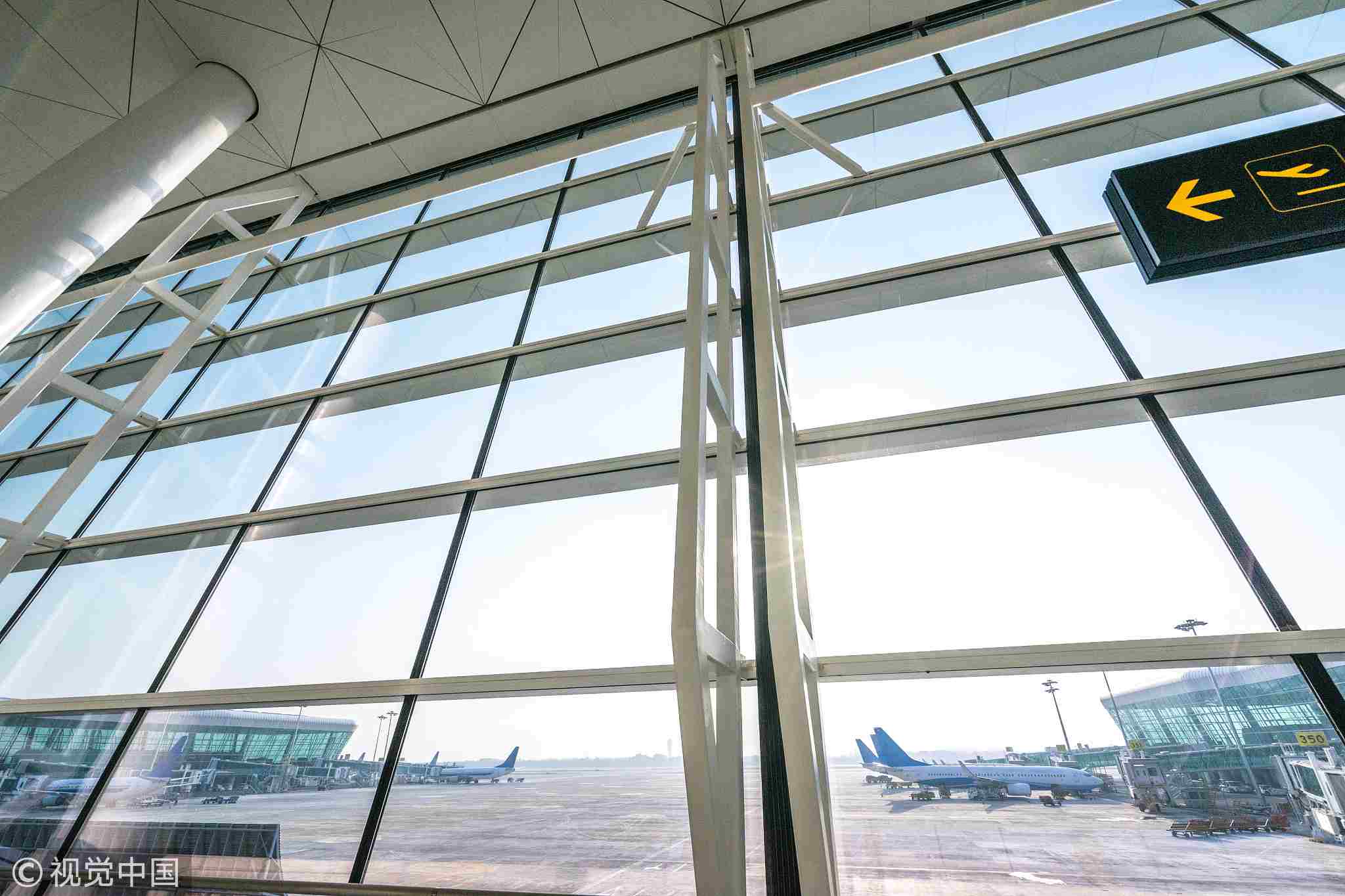
Wuhan Tianhe International Airport. /VCG Photo
Wuhan Tianhe International Airport. /VCG Photo
Time to pack your bag and head to your next destination! Wuhan Tianhe International Airport is about 25km from the center of the city and you can take metro line 2 directly to Terminal 3. The journey takes 30 minutes from the Hankou Railway Station. You may also take the train from Hankou Railway Station to Tianhe Airport Railway Station which is directly under the airport transportation center. This 14-minute journey only costs 7 yuan (1 US dollar) per person.

